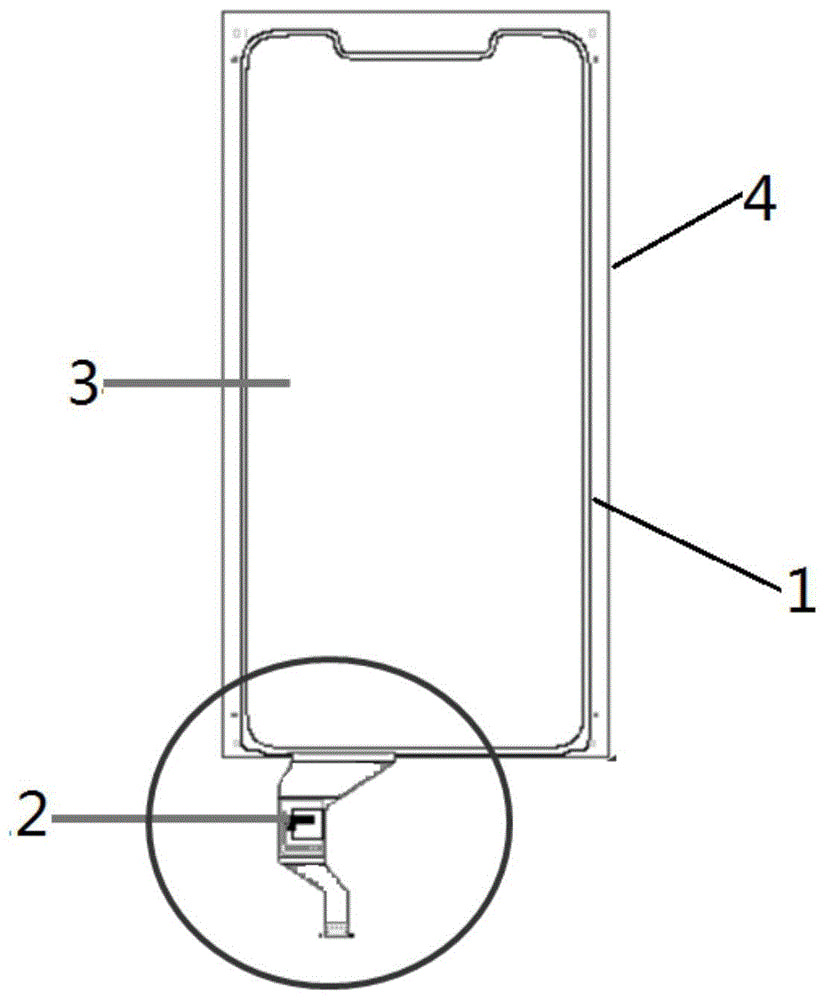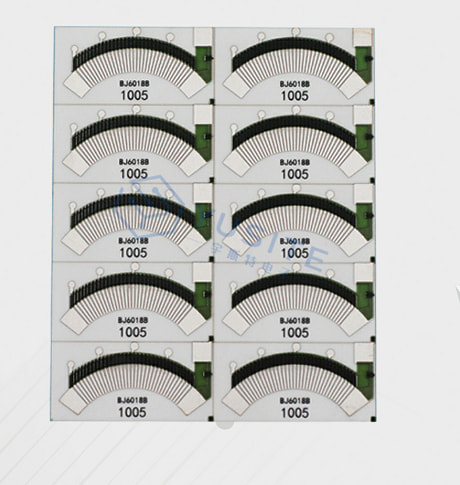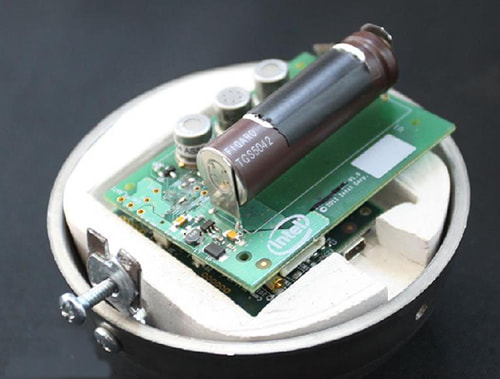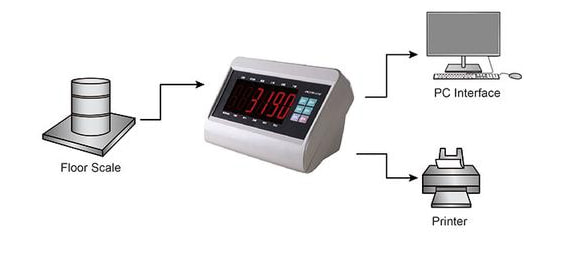With the rapid development and progress of science and technology, electronics device plays a more and more important role in our daily life. And in many of electronics, the sensor is the key part in the whole device, and PCB is the vital driver to complete the signal transmission. However, there are plenty of PCBs in the market, how to choose a suitable PCB and what types of PCB for our sensors and end applications is the most critical. This post simply introduces the types of PCB and what they are doing in sensor, let’s keep reading if you are interested in it.
IoT devices, mobile devices, industrial equipment, environmental sensor networks…The list of applications for different types of sensors seems endless. The market for sensors is continuing to grow to satisfy these demands and more. In these days where everything in our lives can be connected to our phones, it is almost expected that new consumer products with some level of connectivity will also interact with the environment or the user with sensors.
- Rigid PCB
Rigid PCB is famous and common because of its hardness, high density, high reliable, designability and good productivity, the typical rigid PCB sensor is pressure sensor, when the pressure is applied to the resistance body, the resistance value will change. This phenomenon is called piezoresistive phenomenon, which is much more obvious than the change of metal resistance. The main reason is that the mobility of electrons or holes changes after the pressure. The most common example of this is the electronic scale.
(Structure of electronic scale)
- Flexible PCB
When it comes to flexible PCB, our first impression of it is light, thin and easy to be bend, so how it can be used in sensor? In generally, the flexible PCB is most popular when apply in sensor, the typical device is LCD sensor, such as our mobile phone LCDs, computer LCDs, and so forth.
And due to its small volume, flexible PCB can be placed in limited and irregular Spaces and are suitable for design or more compact products.
Below is a simple structure of mobile phone LCD, the point 2 shows the position of flexible, it always designed on the bottom of device to connect the mobile mainboard to complete the signal transmission.

(Structure of flexible PCB in mobile phone)
- Ceramic PCB
Compared with other two PCBs, Ceramic PCB (ceramic circuits) is the new technology in the market. But due to its high mechanical strength, mechanically stable shapes, High strength, fine thermal conductivity, excellent electrical isolation. Good adhesion, corrosion resistant, it quickly grabbed a slice of the market for electronic devices, particularly in semiconductors and automotive fields. The most application what our customers will used in is oil temperature sensor, the working principle is semiconductor (ceramic board) sensing the temperature change and convert the signal to the vehicle carrier and inform the user a correct temperature.

(A ceramic PCB used in oil temperature sensor)
So this is the end of this article, if you would like to know more information about rigid PCB, Flexible PCB or Ceramic PCB, warm welcome to contact with us.










 2023-02-16
2023-02-16
 BEST
BEST



.png)
.png)
.png)
.png)

.png)

